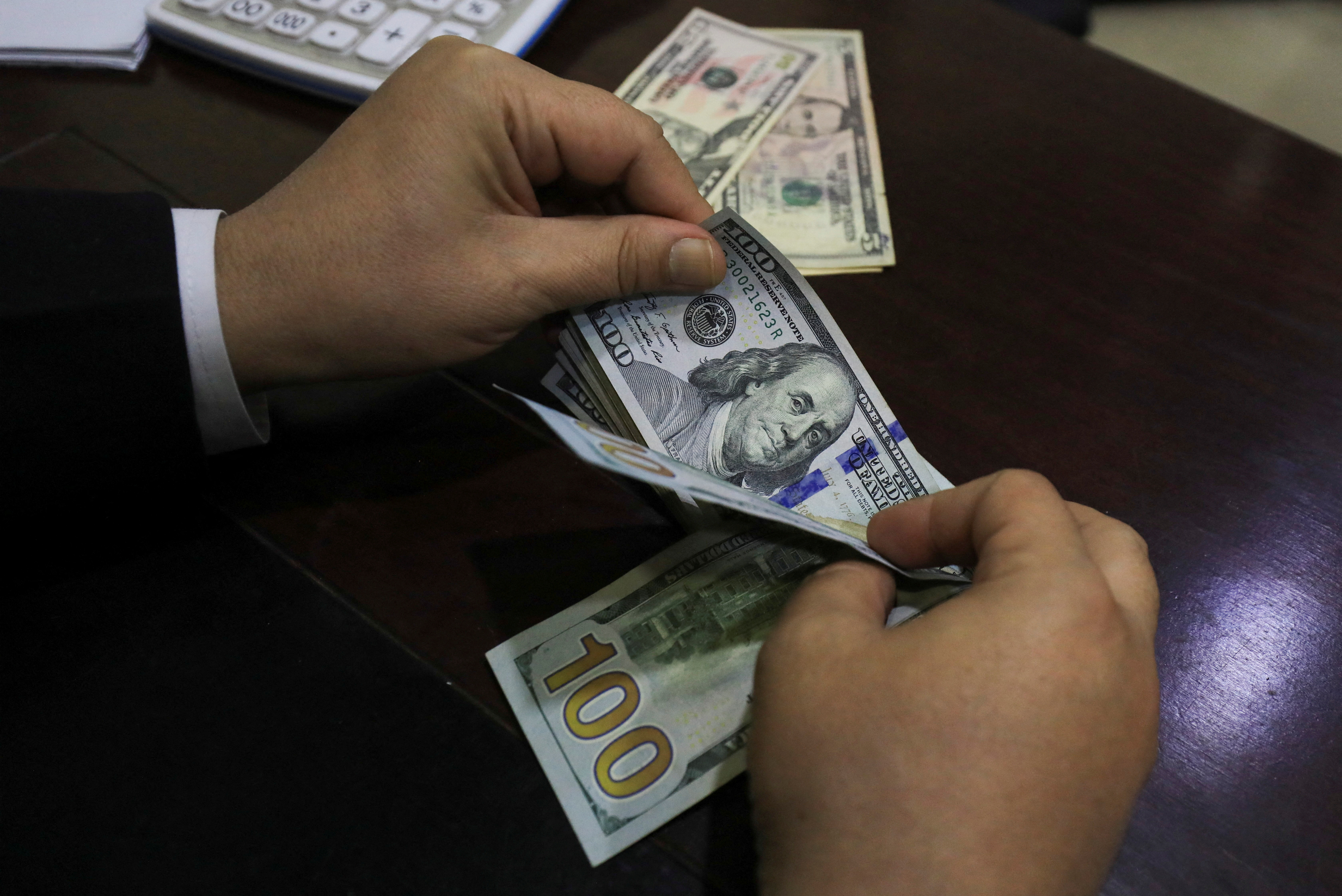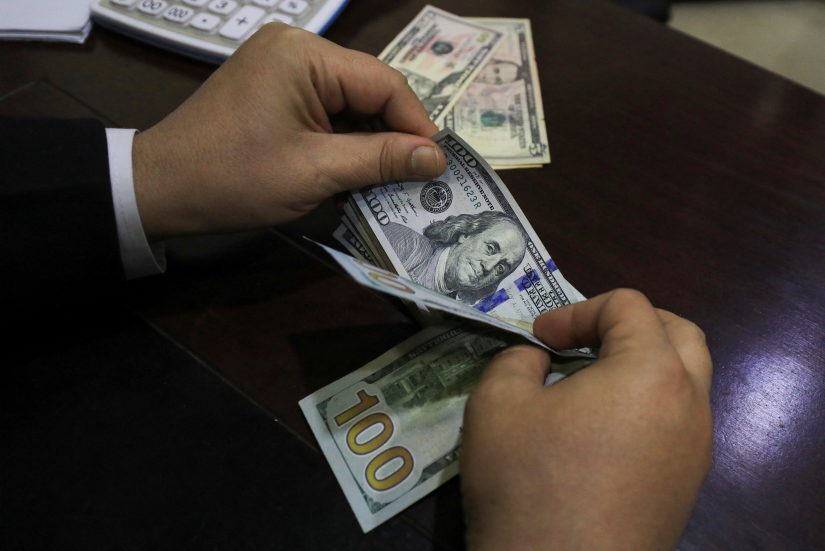
**First Friday Analysis: Deteriorating Dollar, Rising Bond Costs, and Debt Levels of WWII Proportions**
The international economic scene is in a constant state of flux, with recent events drawing the focus of both financial markets and policymakers. The current First Friday analysis delves into three vital areas: a declining U.S. dollar, surging bond expenses, and debt levels that echo the World War II timeframe.
**Dollar Decline Insights**
The U.S. dollar has undergone a phase of depreciation versus key currencies, linked to various factors influencing its robustness. A significant contributor to the dollar’s downturn is the Federal Reserve’s approach to monetary policy. With interest rates remaining at historical lows, demand for dollar-denominated assets is waning, leading investors to pursue better returns elsewhere. Additionally, the extensive fiscal stimulus measures implemented by the U.S. government have inflated the money supply, putting further downward pressure on the dollar’s worth.
This depreciation presents both advantages and disadvantages. A weaker dollar can enhance U.S. exports by rendering American goods and services more attractive overseas, potentially benefiting domestic producers and positively impacting the trade balance. Conversely, it increases the expense of imports, posing difficulties for consumers and contributing to inflationary pressures.
**Bond Market Turmoil**
At the same time, the bond market is witnessing increased volatility, resulting in higher borrowing costs. Yields on government bonds have escalated, driven by expectations of future monetary policy tightening and worries about inflation. The anticipation of rising interest rates leads investors to reevaluate their holdings, often resulting in heightened bond market fluctuations.
Climbing bond yields create a cascading effect throughout the economy. For governments, this translates into increased expenses for managing budget deficits, particularly as debt levels rise. Corporations also encounter elevated borrowing costs, which may hinder investment and growth ambitions. These factors underscore the fine line central banks must tread between fostering economic recovery and controlling inflation expectations.
**Debt Levels Echoing WWII**
As the world continues to face the economic repercussions of the COVID-19 crisis, levels of government debt have surged to figures not witnessed since World War II. This extraordinary fiscal growth symbolizes the attempts to stimulate economies and assist individuals and enterprises affected by the pandemic’s upheaval.
Elevated debt-to-GDP ratios present enduring challenges. Managing such substantial debts could place pressure on public finances, necessitating fiscal reforms or austerity measures down the line. Policymakers must navigate the complex challenge of promoting growth while ensuring that debt remains sustainable, all in the context of possible demographic changes that could influence tax revenues and economic performance.
**Future Outlook and Considerations**
The intersection of a weakening dollar, rising bond expenses, and unprecedented debt levels creates considerable challenges and opportunities. Investors must thoughtfully assess currency risks, seek inflation hedges, and pursue diversified strategies. Meanwhile, policymakers must operate within a landscape where traditional economic tools may need to be adjusted to meet evolving conditions.
In summary, a proactive stance on fiscal and monetary policy, coupled with a focus on sustainable economic growth, will be essential in tackling these interconnected matters. As the global economy forges ahead in its recovery, stakeholders across all sectors remain engaged in formulating financial strategies that will ensure long-term success.
